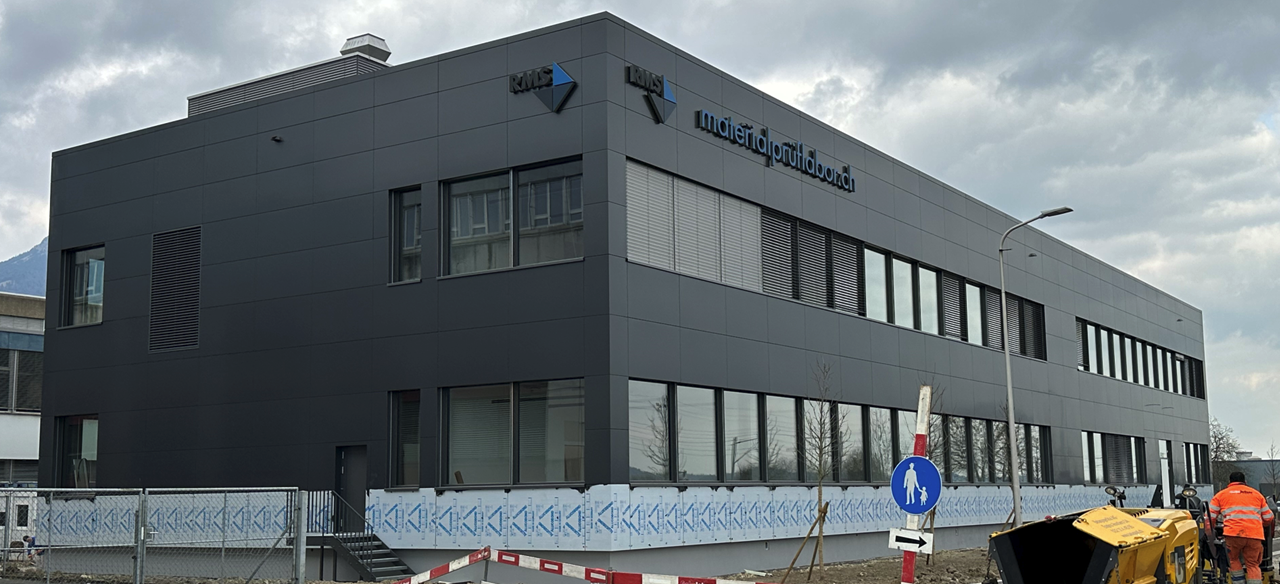RMS Foundation
Bischmattstrasse 12
2544 Bettlach
Switzerland
Phone +41 32 644 2000
XPS analysis can be used to quantitatively determine the chemical composition of the top 5‑10 nm of a surface. All elements except hydrogen and helium can be detected non-destructively and their oxidation or bonding states can be determined.
The method is based on irradiating the sample with X‑rays, which excites electrons and allows them to escape. Their number and energy provide information on the composition and bonding states. Depending on the measuring time and element, the detection limit of the method is around 0.1‑0.3 at%, which corresponds to around 1‑3 ng/cm².
Our XPS device is equipped with a large sample holder, a monochromatic AlKα X‑ray source, argon ion sputtering, a charge neutralizer, a hemispherical analyzer and a 2D detector, which allows the parallel acquisition of element distribution images with a lateral resolution of up to 20 μm. This is a particular strength of this instrument.
Whenever possible, we carry out our testing services in accordance with or based on these international standards:
We use our XPS for quantitative surface analysis of all elements (except H and He) and oxidation states. Examples of applications are
In addition to the standard analysis, there are various other options:
We can analyze all vacuum-resistant metallic (including magnetic) and non-metallic solids and powders.
We generally recommend 3 measurements, e.g. 3 measurements on one spot and 3 next to it as a reference. This ensures that the results are statistically relevant.
Yes, we are the only laboratory in Switzerland to offer XPS analyses accredited to ISO/IEC 17025.
Since 1995, the services of our materials testing laboratory have been accredited according to ISO/IEC 17025. Our QM system is ISO 9001 certified.
Here you will find our latest blog posts.

RMS Foundation
Bischmattstrasse 12
2544 Bettlach
Switzerland
Phone +41 32 644 2000
E-Mail
Subscribe to our Info-letter, and we will inform you about 10 times a year about current developments in the fields of material testing, research, and knowledge transfer.